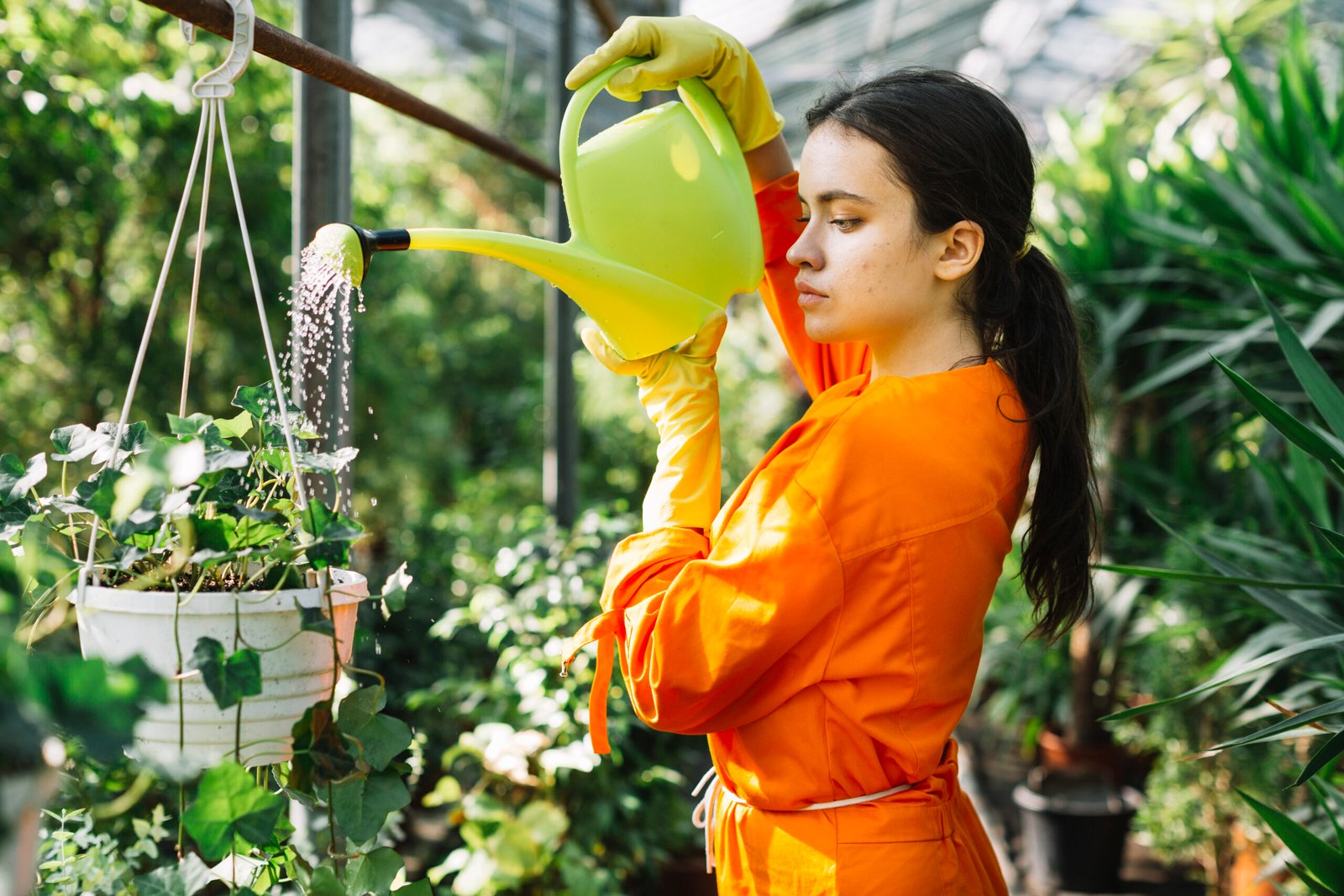Plant care is essential for maintaining the health and vitality of your plants, whether they are indoor houseplants, garden flowers, or outdoor shrubs. This comprehensive guide will explore the fundamental aspects of plant care, helping you understand the essential elements, common practices, and specialized tips to keep your plants thriving. By the end of this article, you’ll have a solid foundation in plant care, ensuring your green friends flourish and beautify your space.
Basic Elements of Plant Care
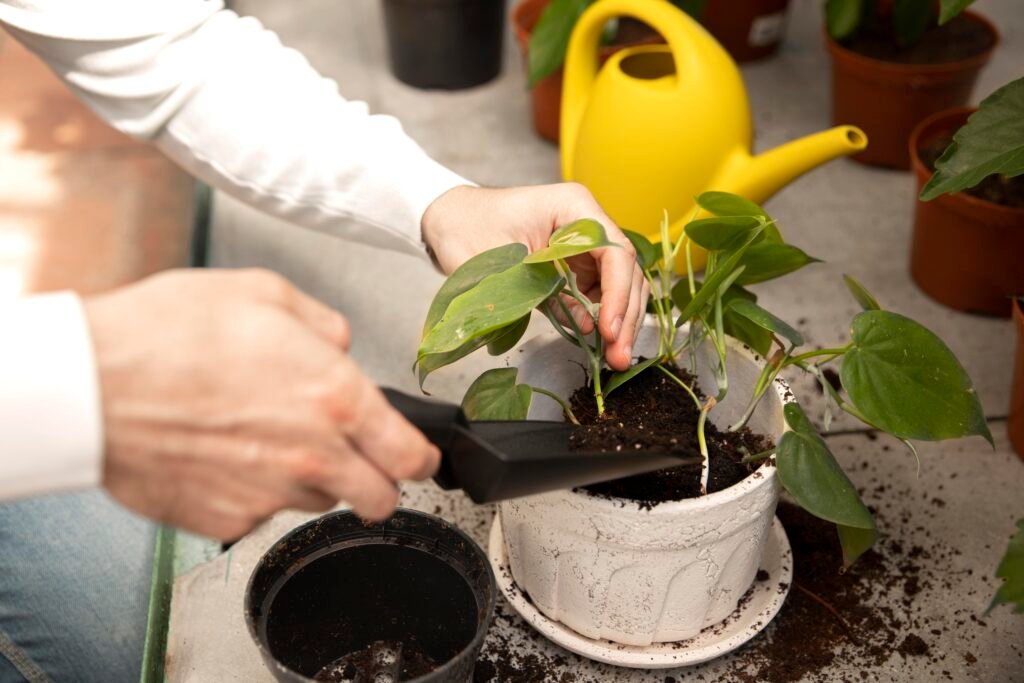
Watering
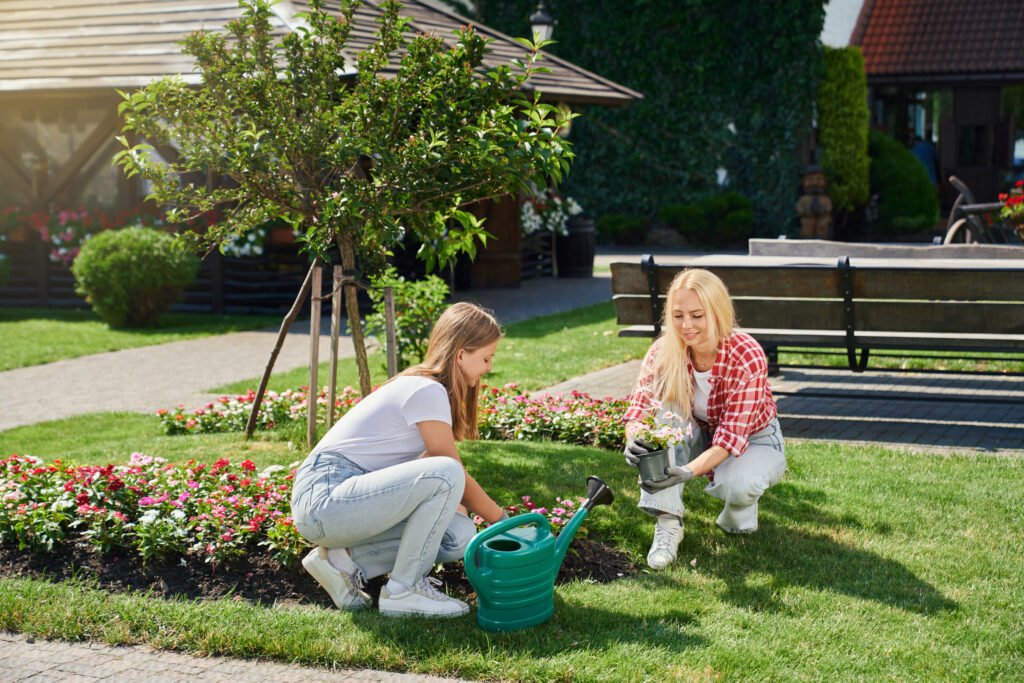
Determining the Right Amount of Water
Lorem ipsum dolor sit amet, consectetur adipiscing elit. Ut elit tellus, luctus check the soil moisture by sticking your finger about an inch. If it feels dry, it’s time to water.
Use pots with drainage holes to prevent water from accumulating at the bottom.
ullamcorper mattis, pulvinar dapibus leo.
Tips for Different Types of Plants
- Succulents and cacti need less frequent watering.
- Tropical plants typically require more moisture.
- Adjust the watering frequency based on the season and humidity levels.
Lighting
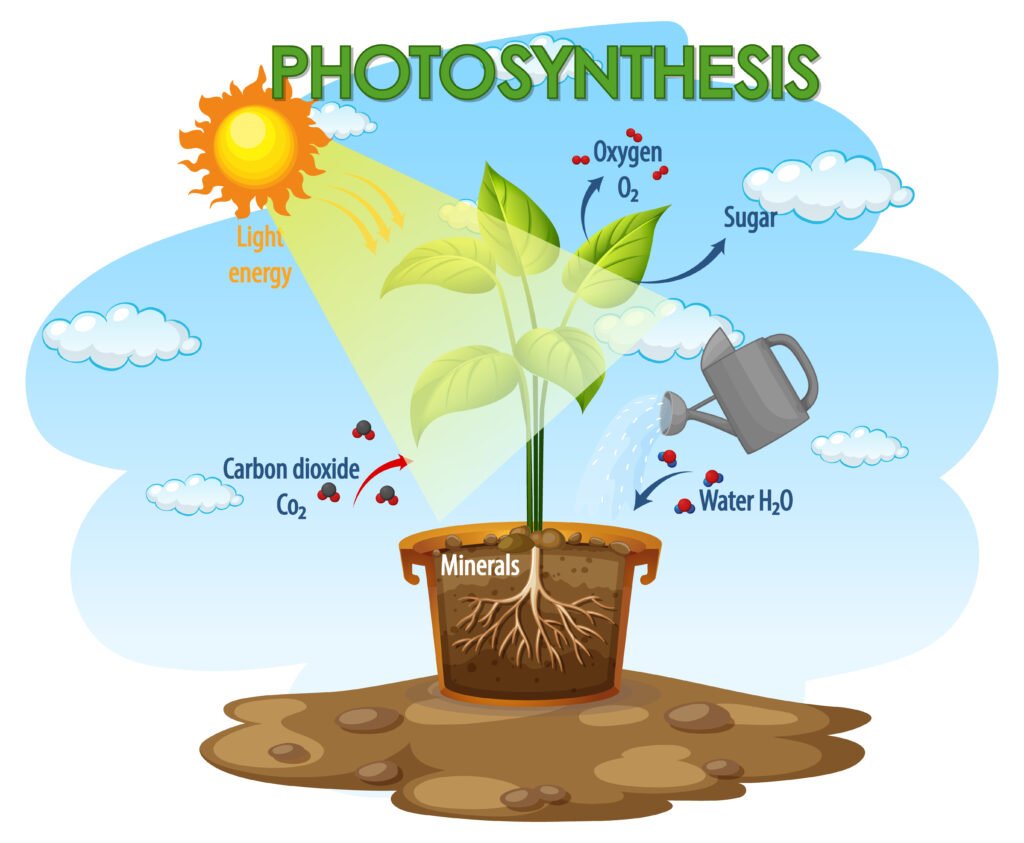
Natural vs. Artificial Light
Natural sunlight is ideal for most plants. Place them near windows where they can receive adequate light.
If natural light is insufficient, consider using grow lights to supplement.
Understanding Light Requirements
Low-light plants like snake plants and pothos can thrive in shaded areas.
Medium-light plants, like peace lilies, need indirect sunlight.
High-light plants, including succulents and cacti, require direct sunlight for several hours a day.
Soil and Potting
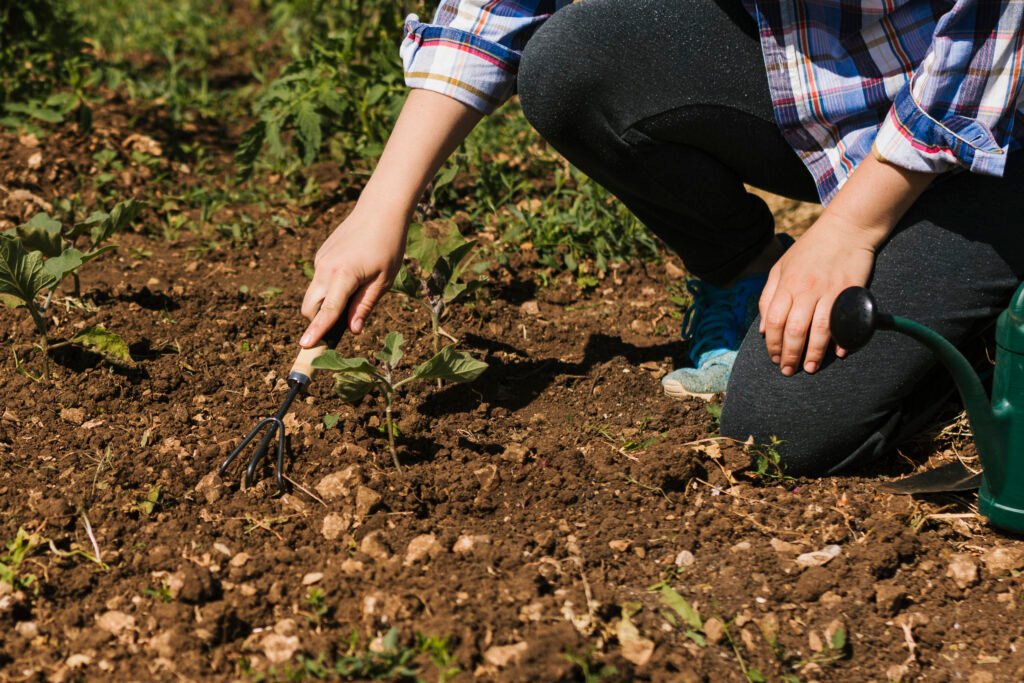
Types of Soil
Use well-draining soil for most plants to prevent waterlogging.
For succulents and cacti, use a sandy, well-draining mix.
Tropical plants prefer a richer, loamy soil.
Choosing the Right Pot
Ensure the pot has drainage holes.
Consider the size of the pot. Too large can lead to water retention; too small can restrict root growth.
Repotting Tips
Fertilizers provide essential nutrients that might be missing from the soil.
Role of Fertilizers
- Fertilizers boost plant growth by supplying nutrients like nitrogen, phosphorus, and potassium.
- Organic fertilizers, such as compost, release nutrients slowly, improving soil structure.
- Synthetic fertilizers offer a quick nutrient boost but should be used cautiously.
How and When to Fertilize?
Follow the instructions on the fertilizer package.
Fertilize most plants during the growing season (spring and summer).
Avoid over-fertilizing, as it can burn the roots and damage the plant.
Common Plant Care Practices
Pruning and Trimming
Why Pruning is Necessary
- Removes dead or diseased parts.
- Encourages new growth.
- It helps shape the plant.
- Basic Pruning Techniques
- Use clean, sharp tools.
- Cut just above a node (where leaves attach to the stem).
- Remove no more than one-third of the plant at a time.
Best Times to Prune - Prune flowering plants after they bloom.
- For most plants, late winter or early spring is ideal.
- Pest and Disease Management
Keeping pests and diseases at bay is crucial for healthy plants.
Identifying Common Pests and Diseases
- Aphids, spider mites, and whiteflies are common pests.
- Fungal infections can cause spots, mould, and wilting.
Natural and Chemical Treatments
- Use insecticidal soap or neem oil for pests.
- Fungicides can treat fungal infections.
- Introduce beneficial insects, like ladybugs, to control pests naturally.
Preventive Measures
Keep plants healthy and stress-free.
Quarantine new plants before introducing them to your collection.
Regularly inspect plants for signs of trouble.
Specialized Plant Care Tips
Indoor Plants
Indoor plants have unique needs compared to outdoor plants.
- Maintaining Humidity and Temperature
- Most indoor plants thrive in humidity levels between 40-60%.
- Use a humidifier or place a water tray near the plants to increase humidity.
- Keep indoor plants away from drafts and heating vents.
Outdoor Plants
Seasonal Care Tips
- Mulch plants in the winter to protect roots from freezing.
- Water deeply during dry spells.
- Provide shade or extra watering during extreme heat.
Protect plants from strong winds with barriers or stakes.
Use frost cloths to shield plants from unexpected cold snaps.
Signs and Solutions
Overwatered plants may have yellowing leaves and a musty smell.
Underwatered plants often have brown, crispy leaves.
Adjust your watering schedule based on the plant’s needs.
Nutrient Deficiencies
Symptoms and Corrective Measures
Yellowing leaves can indicate a nitrogen deficiency.
Purple or reddish leaves may suggest a lack of phosphorus.
Apply appropriate fertilizers to correct deficiencies.
Light Issues
Pale leaves or leggy growth indicate insufficient light.
Brown, scorched spots may mean too much direct sunlight.
Adjust the plant’s location or light exposure accordingly.

